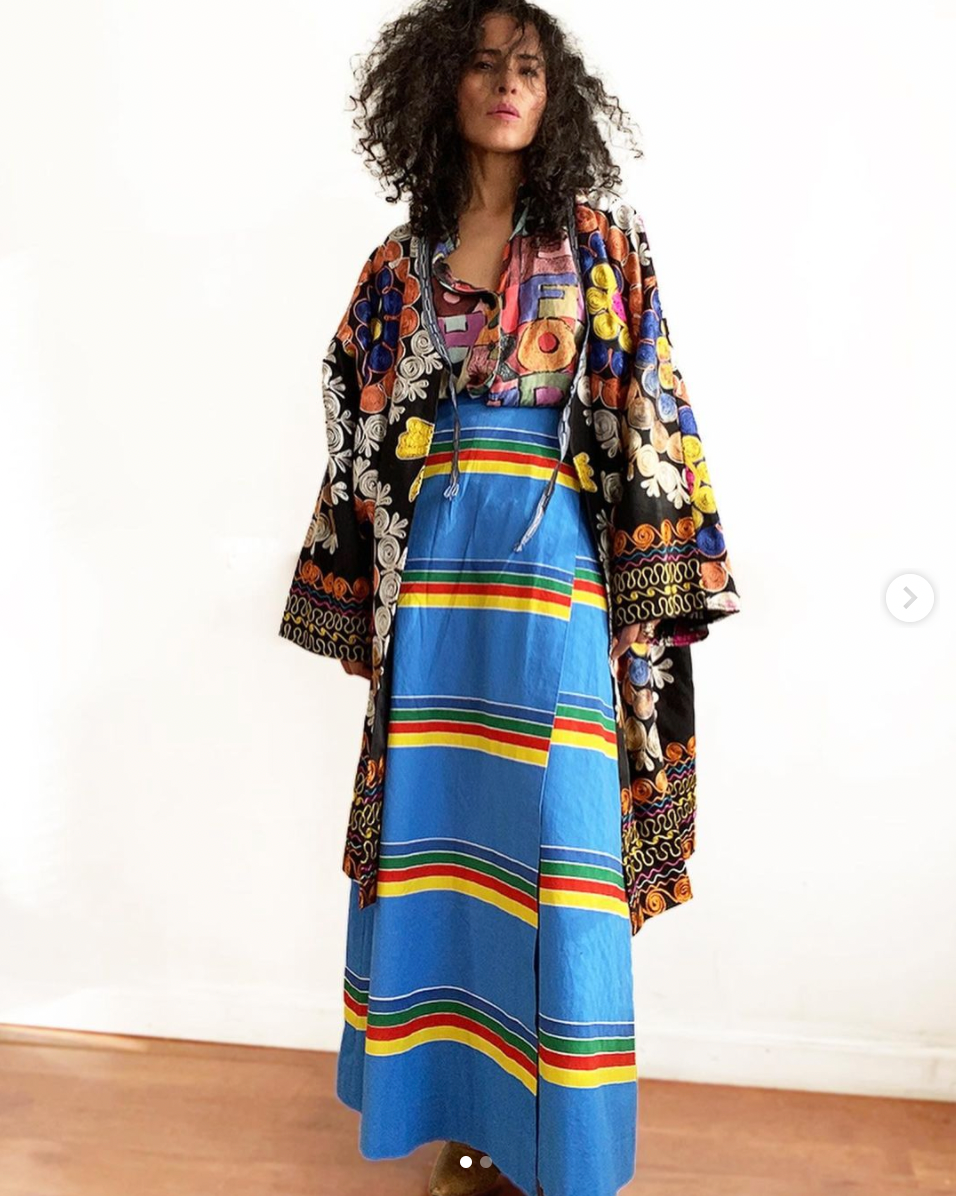
Saving the Planet in Style: How Secondhand Fashion is the Key to Sustainable Shopping
Share
The fashion industry is one of the largest polluters in the world, contributing to greenhouse gas emissions, water pollution, and waste. The production and disposal of clothing have significant impacts on the environment, from the use of natural resources to the release of toxic chemicals into the air and water. One way to reduce the environmental impact of fashion is by buying secondhand clothing.
Secondhand fashion, also known as thrift or vintage clothing, refers to clothing that has been previously owned and is being resold. By choosing to buy secondhand clothing, you are not only saving money but also reducing the demand for new clothing production. Here are a few ways in which secondhand fashion helps protect the planet:
-
Reduces textile waste: The fashion industry is known for producing a significant amount of textile waste. By buying secondhand clothing, you are preventing clothing from ending up in landfills, reducing the amount of waste that ends up in our environment.
-
Reduces carbon footprint: The production of new clothing has a significant carbon footprint. Secondhand clothing, on the other hand, has already been produced, meaning that it has a lower carbon footprint than new clothing. By choosing secondhand clothing, you are reducing your carbon footprint and contributing to the fight against climate change.
-
Reduces water usage: The production of new clothing requires a significant amount of water. By choosing secondhand clothing, you are reducing the demand for new clothing production, which in turn reduces the amount of water used in the fashion industry.
-
Supports ethical fashion: Fast fashion is known for its unethical production practices, such as the use of cheap labor and the exploitation of workers. By buying secondhand clothing, you are supporting ethical fashion by reducing the demand for fast fashion and encouraging more sustainable production practices.
-
Encourages creativity: Secondhand clothing offers a unique opportunity to express your personal style and creativity. By shopping secondhand, you can find unique and one-of-a-kind pieces that you won't find in a regular clothing store. This encourages creativity and helps to promote individuality.
In conclusion, secondhand fashion is an excellent way to reduce the environmental impact of the fashion industry. By buying secondhand clothing, you are reducing textile waste, carbon footprint, water usage, and supporting ethical fashion. So the next time you're looking for new clothes, consider buying secondhand clothing, and join the movement towards a more sustainable future.